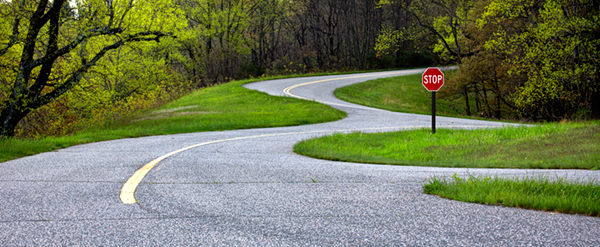Working an image
There is a semi-defined process of how I take my photographs, and "work an image". It starts big, and ends up small.
Granted, I don't always work this way. One thing about artistic discipline that you learn from studying a craft is that eventually, you break free of the bonds of that methodology, and create your own unique mehod. However, my approach tends to be consistent.
I start by taking in the area that I am in. I spend a few minutes listening, observing, staying silent. Over the years of using framing cards (thick cardboard with a rectangular opening in the middle, which allows me to pre-visualize photographs) I've developed a rudimentary ability to "see" the images in my mind, even before I set up the camera. This often allows me to set up multiple photographic possibilities in an area. Or I can see just the one, and then when I'm complete with that photograph, I see another, and then that process continues.
But in taking in an entire scene, my primary work method is to make it smaller and smaller, until I get to the detail that draws me in and gives me the greatest artistic satisfaction. As an example, here are three images captured from my recent trip to the eastern Sierra. As I explored Rock Creek, just off the paved road, there was this magnificent large boulder in the creek, surrounded by the turning colors of fall. But as you look at this, you see that I started wide, worked in a little closer, and then finally, very close.
When I get to that final detail image, I feel tremendously satisfied, because I have become intimately engaged with the subject, from large to small. This is something I feel as a musician as well: the overall listening to a piece as I begin the rehearsal process, until the final details of line or phrase or text mesh so beautifully.
Working an image, becoming intimate to my surroundings, is vital to my creative process, and yields for me stunning results.





Comments